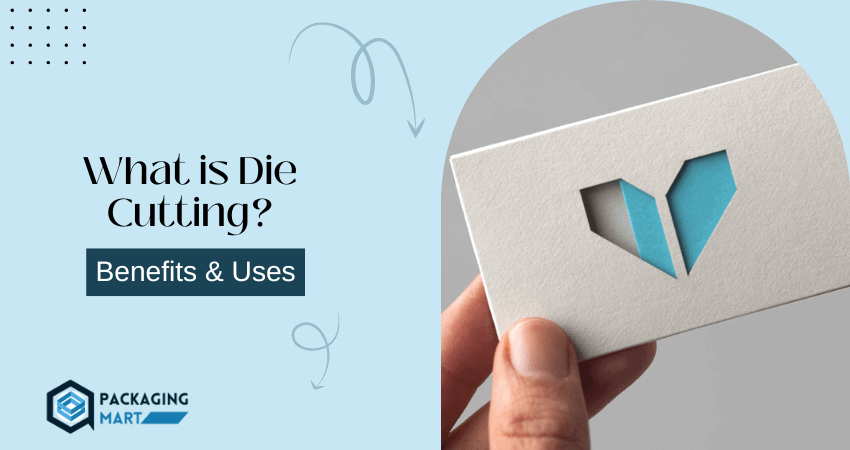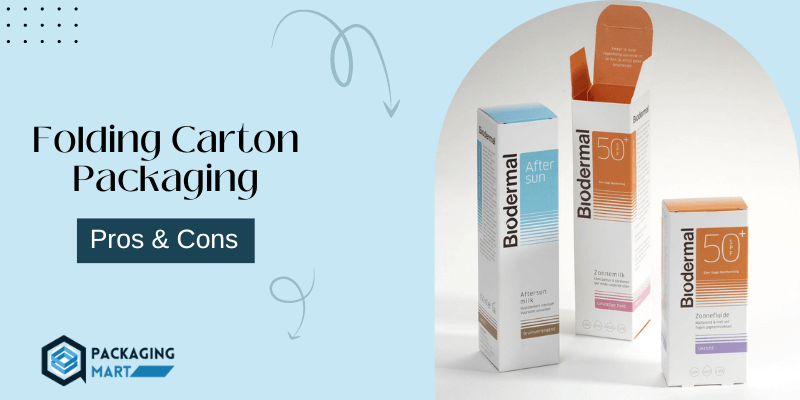Die cutting is a process used in fabrication and manufacturing to produce complex shapes out of materials such as paper, plastics, metal, rubber, foam and fabrics. It’s an incredibly versatile tool that can help you create custom patterns that are tough to replicate through any other means.
Die-cut machines have been around since the late 19th century but have seen increased demand over the decades due to their remarkable accuracy, speed of operation, cost savings associated with automation and ability to cut different types of materials all at once. In this article, we will discuss what die-cutting is all about and how it’s applied in various industries today for limitless results!
What is die cutting in Printing and what its benefits?
Die cutting is a process used in packaging to precisely cut the materials into the desired shape such as cartons and boxes, labels, blister packs and various other packages. Die-cutting offers many advantages over traditional cutting methods including:
- Increased speed and efficiency: Die cutting can be performed quickly and accurately, allowing for a higher throughput rate.
- Lowered costs: Cost of using die cutting is significantly lower than using manual or mechanical cutting methods, resulting in savings for the company.
- Improved accuracy: Materials are cut with high precision, ensuring the product is finished and packaged correctly.
- Increased safety: Die cutting eliminates the risk of sharp blades or other potentially dangerous tools.
- Reduced waste: Due to its precision, die cutting minimizes material waste and results in fewer imperfections in the final product.
Overall, die-cutting is a great way for companies to save time and money while still producing high-quality, safe packaging. It is a reliable method that can help companies reduce costs and improve their efficiency.
Die-cutting has become an indispensable tool in the packaging industry, providing many benefits to businesses and consumers alike. Whether you are looking for a cost-effective way to package products or need precise cuts for labels and more, die-cutting is the perfect solution.
How does die cutting work and what types of materials can be cut with a die cutter?
Die cutting works by using a die, which is a sharp blade made of steel or other hard material that is used to slice through materials. Die-cutting machines use either a rotary or flatbed system where the die is inserted into the die-cutting machine and then materials are placed onto the bed of the machine.
When pressure is applied, the sharp edges of the die cut through the material and create a precise shape or design. Die-cutting machines can also emboss designs into materials by pressing down on them with a wide variety of dies.
This process can be used to make cards, invitations, labels, stickers and other various products. Die cutting is a popular method for creating custom designs quickly and easily.
The type of materials that can be used in die cutting depends on the machine being used as well as the complexity of the design. Common materials used are paper, cardstock, foam board, fabric, leather, vinyl and many other materials.
Various types of die-cutting machines can also be used to cut metal which is often used for signs, badges, coins and other items. Different machines come with different capabilities so it’s important to select the right machine for your needs.
Die cutting can be used to create intricate shapes as well as shapes with straight edges. It’s possible to use a die cutter for more than just cutting, such as embossing, debossing and heat-stamping. With the right machine, you can create unique products that stand out from the crowd.
What are some common applications for die cutting in printing & packaging?
Some most common applications for die cutting in packaging design and production include:
- Creating box window cutouts, to showcase the product within.
- Adding intricate designs or decorative elements to packaging.
- Manufacturing corrugated boxes with exact measurements and shapes.
- Producing pre-scored folds and cuts on printed materials such as paperboard or foam board.
- Creating custom-sized bags, trays and containers.
- Embossing raised lettering or shapes onto packaging materials.
- Cutting out multiple components such as handles and hangers for retail boxes.
With die-cutting technology, designers can customize their packaging designs to create eye-catching visuals that draw in customers’ attention and stand out from the competition.
This can be combined with other printing techniques, such as lithography and digital, to create truly unique results on any type of material. Die cutting is also an efficient solution for large-scale production runs as it ensures quick turnaround time and precise cuts that are consistent throughout.
Ultimately, die-cutting packaging design becomes more efficient and cost-effective while still looking professional and attractive.
What factors should you consider when choosing a die-cutter for your packaging needs?
- Size: Depending on your product, you may need to consider the size of the die cutter that will best meet your needs. Look for a machine that can cut materials in the dimensions you require, as well as handle large or small projects with ease.
- Material: Different types of die cutters can handle different materials. Consider what type of material your product requires and ensure that the die cutter you choose can handle it without damage or excessive wear.
- Speed: The speed at which a die cutter operates is an important factor to consider, especially if your project involves large volumes of production. Look for a machine that offers high speeds and efficient operation.
- Maintenance: Die cutters require regular maintenance and servicing to continue operating at peak efficiency. Consider the ongoing cost of maintaining the machine, as well as any additional costs related to parts, repairs, or upgrades that may be necessary over time.
- Durability: The die cutter you select should also be durable and reliable, with a long lifespan. Look for machines that are made of high-quality materials that can withstand wear and tear over time.
- Price: While it is important to select a machine that meets your needs, it’s also essential to consider your budget when making a purchase. Compare prices between different models to find the best value for your money.
By considering these factors, you can be sure to select a die-cutter that meets all of your packaging needs. With the right machine, you can ensure efficient and quality products every time!
Conclusion
Die cutting is a versatile tool used in many industries and applications. It offers great potential as an efficient, cost-effective way to turn ideas into tangible products. Die cutters are easily accessible and offer a wide range of customization options, meaning almost any product you can imagine can be created with just one machine!
Whether you’re looking for retail packaging, badges, business cards, or any other marketing materials, die-cutting provides the perfect solution. With simple design guidelines and the right tools at your disposal, success in the world of personalized printing is within reach.
So if you’re looking to get creative with your craft project or efficiently produce large batches of products, die-cutting could be just what you need. Go ahead and give it a try!


